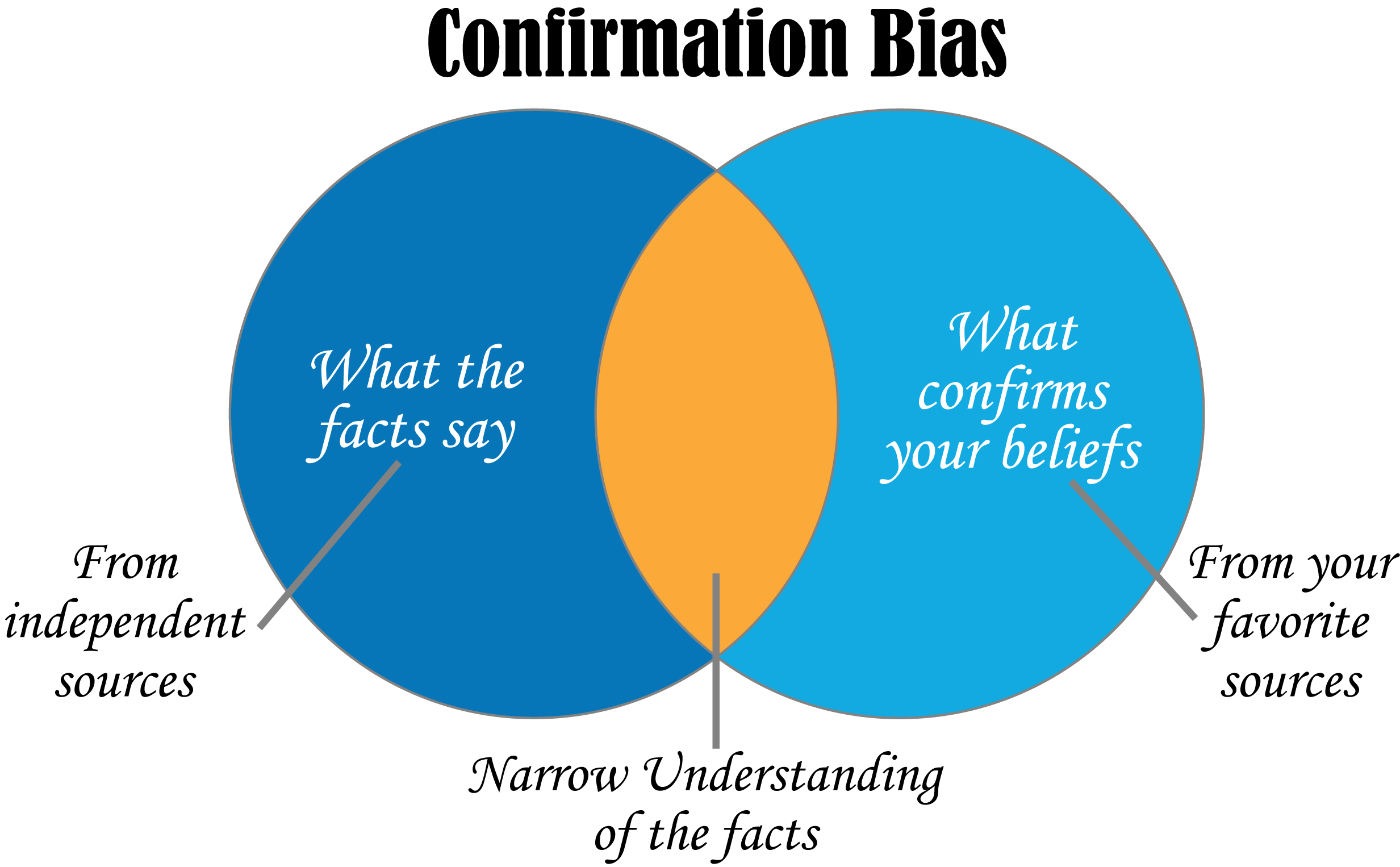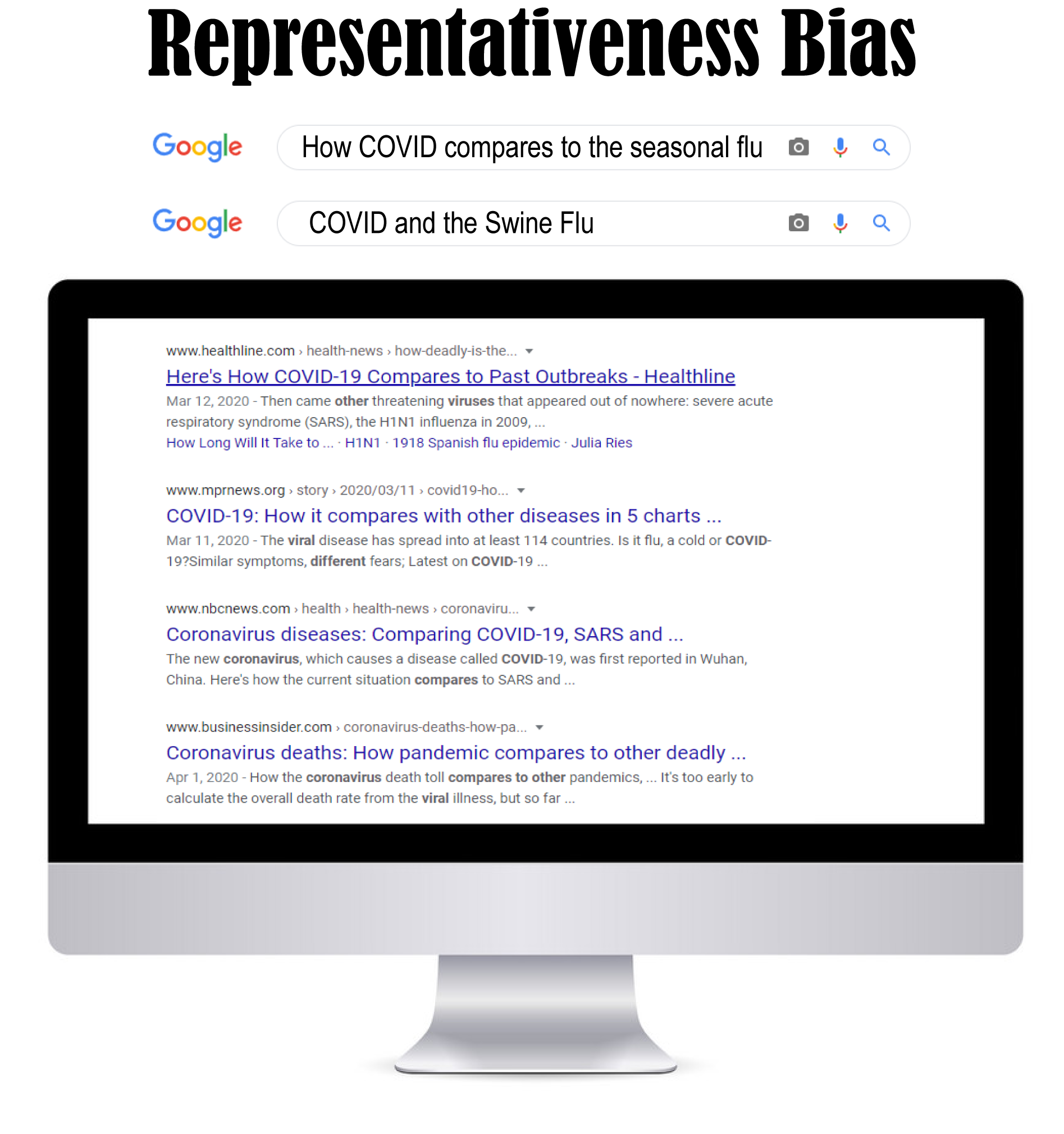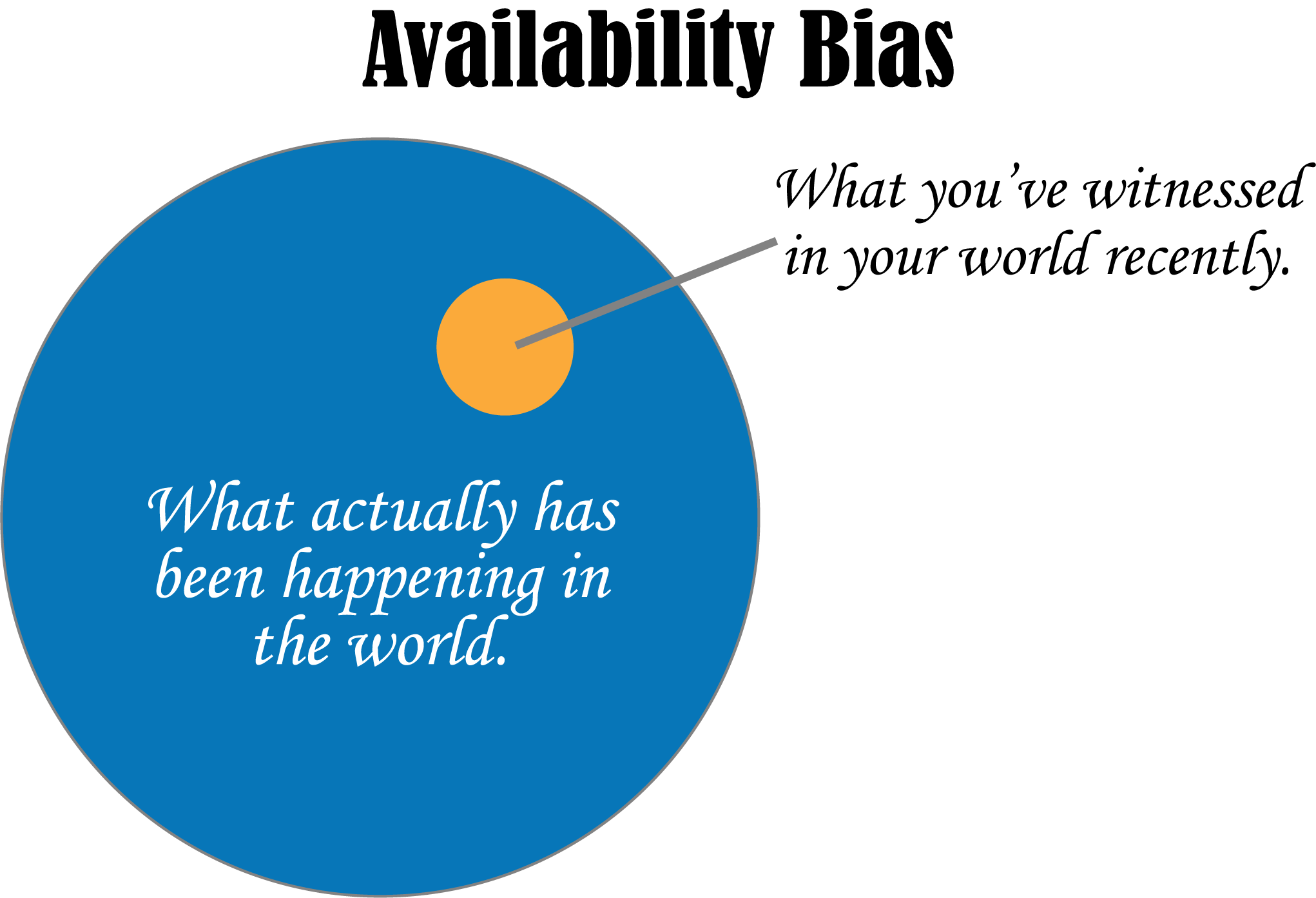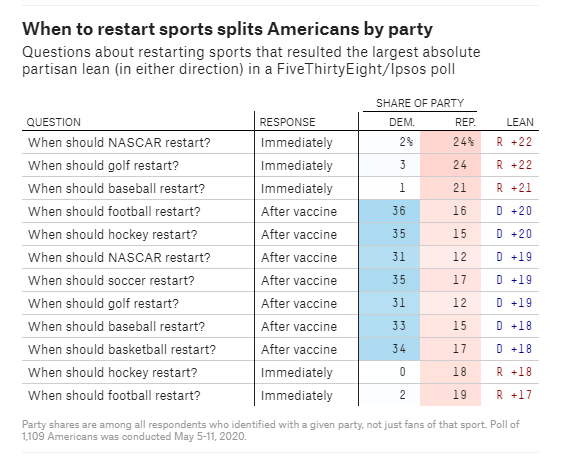I am a big history nerd who enjoys thinking of how things were back in time and how people may have lived through certain events and why. The thing about history is it’s impossible to accurately view the proper response to these things because we know what the outcome is. Through the lens of the present everything seems so obvious about the actions that should’ve been taken. Of course when we see the outcomes of global events like Pearl Harbor or the war in Iraq, those measures shouldn’t have been taken. We can look back nowadays and say things like slavery and giving children cigarettes are bad, but rarely in its time period do we see these things so unanimously agreed on.

That is one of the interesting things about COVID-19, we don’t know what’s going to happen. We don’t have the information available that future generations will have about this disease and be able to retroactively fit the proper solution into this historical event. When it comes to viewing historical events, we have a strong case of hindsight bias. Once COVID-19 is behind us, we will look at the solutions and determine the path we should have taken and make us feel safer about how to handle it before it started. I fit into that last part. I think our preparedness to handle COVID-20 or whichever disease is next will improve based on this information we have, but there will still be new information we will need to learn and understand to properly handle that situation. We will always be chasing.
Think back to any movie you’ve watched with a surprise ending. Once you know who the secret villain is, can you really watch the movie the same way again without thinking to yourself ‘hey guys that’s the bad guy!’ It always seems too easy to spot after you know who it is, isn’t it? But if you’re being honest with yourself, you were still surprised the first time around. When it comes to detective shows or movies, they always have a way of making it appear obvious by using the same twists that have been used, but tweaking it ever so slightly to keep it fresh…or as fresh as possible. (Side note, my favorite movie last year was Knives Out. It had so many minor twists in the storytelling that when it was all put together felt like a truly unique who-done-it. So if you haven’t seen it, I’d recommend using your infinite amounts of free time to see it.)

I developed a system that requires little to no thinking to determine who the guilty person is; the first person the detectives use to gather information, suspect or otherwise. By the time they go through all the suspects, that person is mostly forgotten about, it’s a perfect surprise! I use it and you’d be surprised how often I’m right. But, it isn’t a perfect system. Around a 50% success rate may be good in detective shows, but isn’t so great at others. Being able to adapt to new information as it becomes available is important, because too many of us aren’t able to update our opinions or thoughts to that new information. This is called conservatism bias. Conservatism bias is something you should absolutely be aware of when new information is arising every single day.
Another problem that I’ve seen arise that coincides with the conservatism bias is that if you don’t want to update your view points with the information, you can simply keep your opinion and find a chart or an article that will agree with you. Since we are dealing with an unknown, even the opinions and findings of various doctors and scientists are well off from each other. Confirmation bias is going to create an issue after this is all said and done that I feel will ultimately lead to division along new boundaries.

With people being attracted to the most polarized opinions, the two different schools of opinions of this shutdown (that a shutdown should have not happened and a shutdown is necessary to save lives) will find pieces of data they will be able to weaponize their points to be proven correct. This is astonishing considering that these two opinions are opposites! As the “doomsday” projections for the death tolls continue to correct themselves downward from the estimated 2.2 million people who were expected to die, you have the different people stating “see, the projections were wrong and we overreacted” and “see, we saved millions of lives by taking the measures we took” which only proves your own view points and not actual real life situations. Since we aren’t dealing with absolutes (as much as the internet would like us to believe) the answer is almost always in the middle somewhere.

For more see the report from Journalism.org
It's important to make sure that in this ever-changing time you don’t get caught into the trap of representativeness bias. That’s easier said than done. It’s easier to draw comparisons to certain things and make them feel more familiar to you. Putting it into those simpler terms are helpful in our understanding, but this is something truly unique. Even trying to compare to other pandemics of the past, while seeming similar, really aren’t. It doesn’t fit neatly into the Swine Flu category as far as contagion and deadliness, so trying to look through that lens isn’t super helpful. The even worse comparison is Spanish Flu. Do you know how many things have changed in 100 years? Think of anything we are using from 1918 in our day to day life. I can’t come up with anything. I understand how difficult it is to just not know enough about a problem that we are being faced with, and some outside information used for scale is better than no information. But those traps can really hurt the “in the moment” thinking required to properly respond to this current crisis.

This chart illustrates how different COVID19 is from other illnesses and other causes of death. We've never experienced anything like it, so trying to form conclusions in the heat of the moment leads to many other biases.

Thinking in the moment also has a way of saturating your thinking to focus heavily on what has happened lately. This has been especially true during the pandemic. I’ve actually felt that in waiting for everything to go “back to normal,” time has actually gone by pretty quickly. It feels like March was such a long time ago, and all the things we thought back in March feel like they’ve been raked over and replaced over and over again. We’ve certainly used recency (or availability) bias when it comes to how we’re evaluating the pandemic. Most people agreed the criteria for reopening was a widespread availability in testing, but as time has gone on we’ve seemed to forget about that criteria and have pressed forward anyway. Not to say we haven’t made large strides in testing, but that unbendable condition to reopening isn’t as unbendable as we had originally thought.

I don’t think pressing forward anyway is due to carelessness, but just people feel strongly about their own safety and ability to do so. We tend to have an overconfidence bias about these things. Sure, there are skeptics who keep us grounded, but they are the minority. Most of us don’t want to think of the negative, and that leads to more of a half-full analysis. I don’t think there’s anything wrong with being optimistic. But that optimism can fog reality.
When it comes to reopening, I feel like each of us have our own boundaries we would like to set up. We all have those freedoms and liberties. And while some of us aren’t comfortable with going out at all, even if our governors are giving us the green light, there will be people going out who will break their own rules that they gave themselves for going out. Yeah, you might want to go out to a restaurant at half capacity and feel fine about the safety measures, but would you rather wait twice as long as usual to do so? Are you going to give 6 feet of space at grocery stores when human nature is to crowd in as much as possible in these lines to give the appearance that it isn’t as long? You may be saying you will stay distanced at gyms and bars, but for how long? Eventually, we will just not have the self-control and will go back to what’s comfortable. There are two more biases here – illusion of control and self-control, which are both explained in their names. In reality, humans do not have as much control of a situation as they believe, and we all tend to lack self-control in certain situations.

Many people, including me, cannot wait for things to go “back to normal." Something I'm paying a ton of attention to is the return of sports. The chart below is telling because sports fans aren't republicans or democrats, they're just sports fans. So the fact you can see such a wide split along party lines when sports should return shows how much pull the pandemic has on people and how they think.

Our brains prefer the comfort of knowing how the world works. This status quo bias can lead to often emotional responses when things change. We will fight any changes that push us further away from our “normal”. At the same time we risk the current “normal” becoming the “status quo” for too many people which could have it’s own long-term consequences.
As much as people on social media would like to tell us, there isn’t a for sure right answer to all of these things. There isn’t a right way to think about these ongoing problems we are facing. The spreading of COVID-19 isn’t a linear problem with linear solutions. It is far more outreaching than I think all of us know. The consequences will have significant ripple effects through public and mental health, our economy, job status, prosperity, and human life. Try to keep that in mind when thinking of the possible solutions and try to keep an open mind. One thing that is certain is we need each other. This will pass. We will get over this. We will be stronger for it. Hang in there, everybody.




